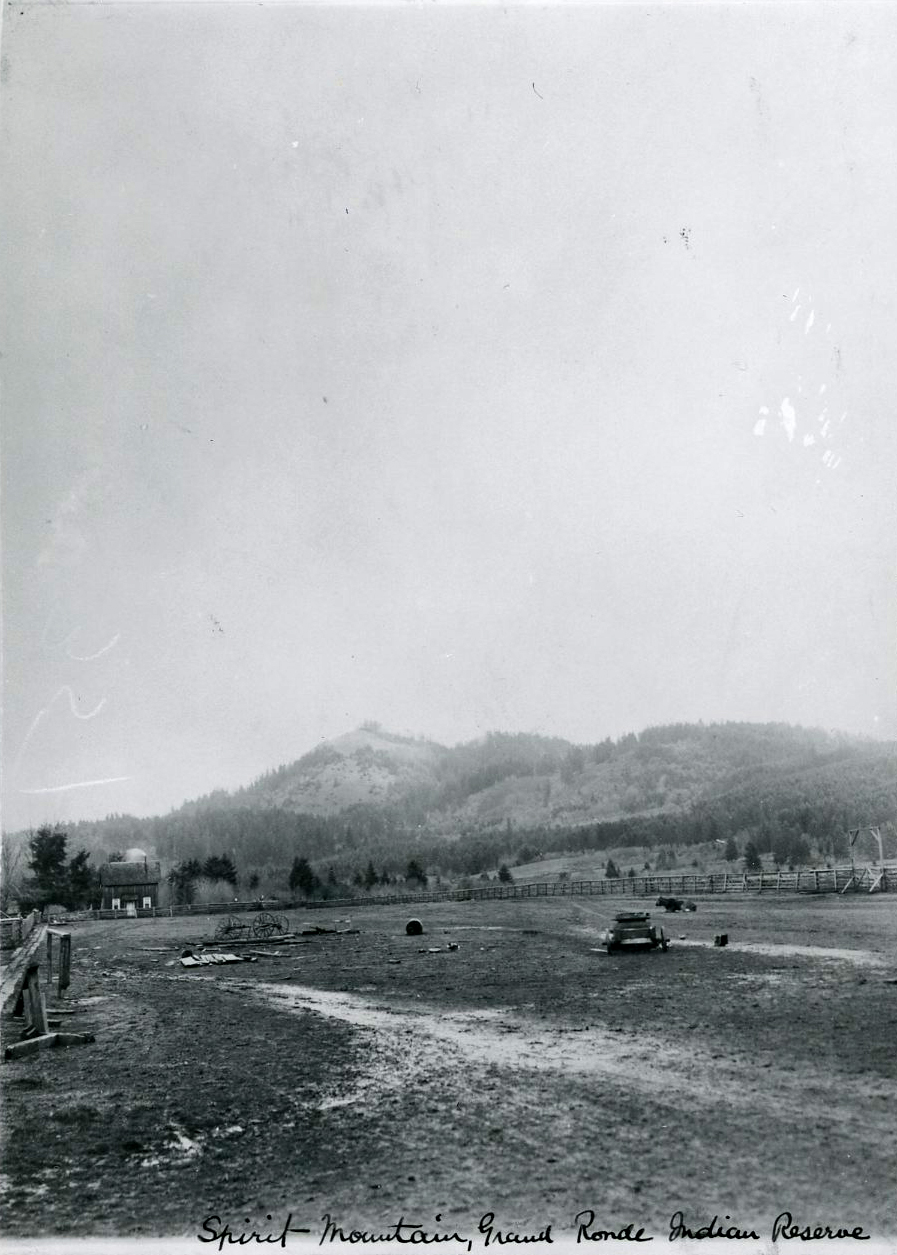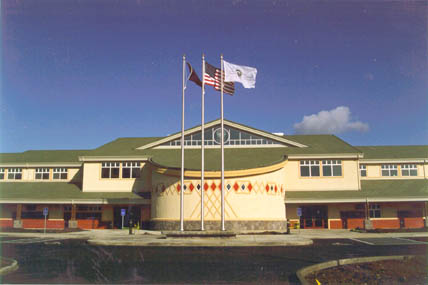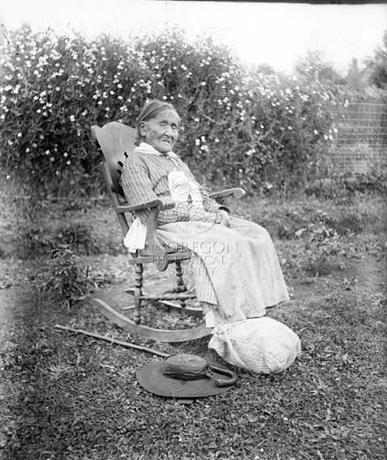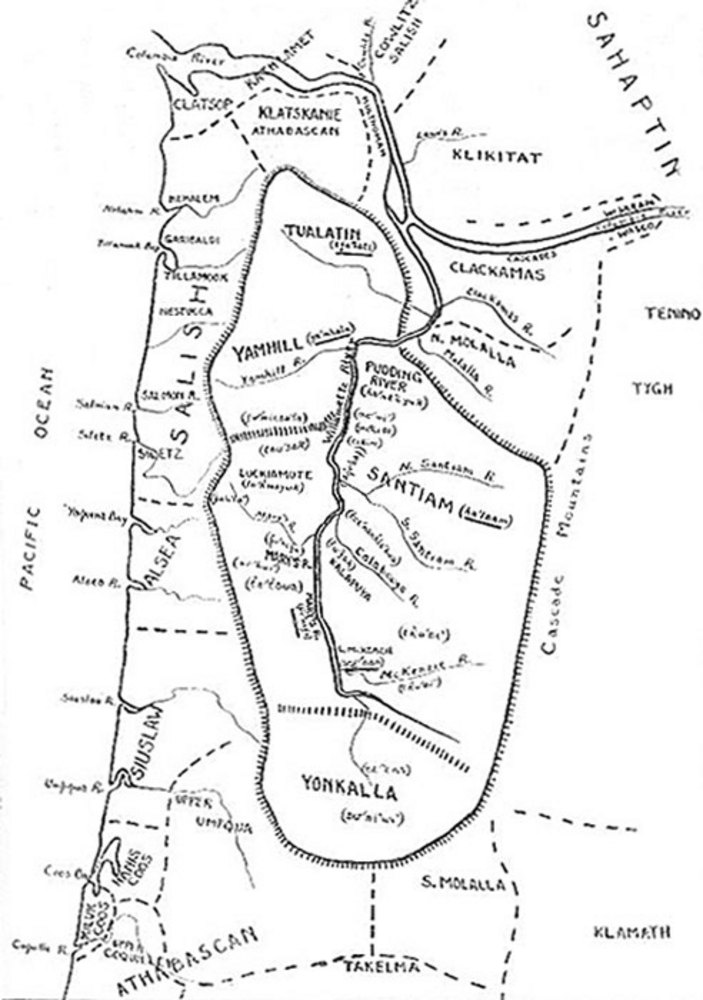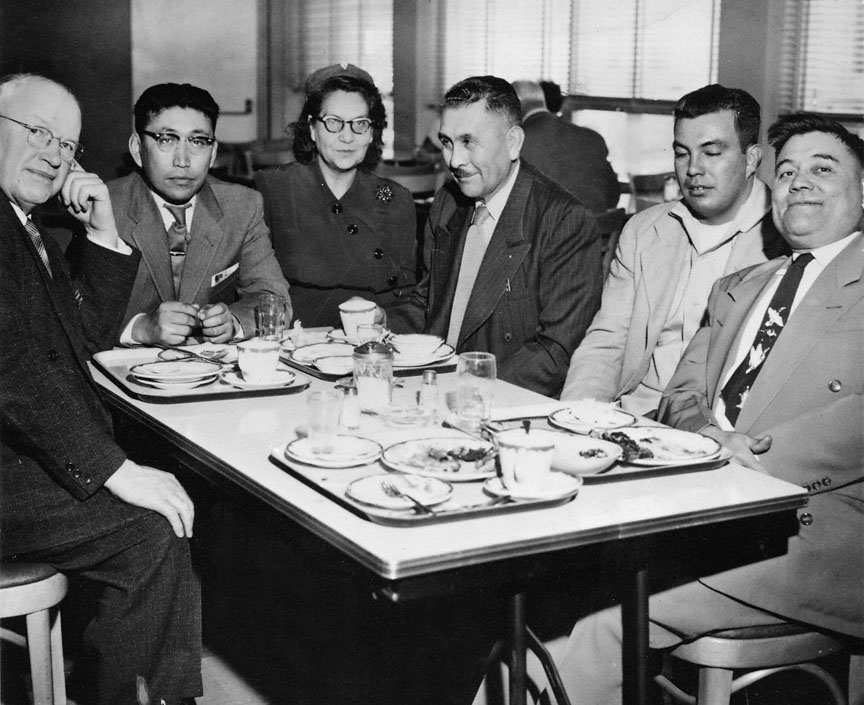Spirit Mountain, whose Yamel (Yamhill) Kalapuya name is dji’ntu, is a sacred site to the Confederated Tribes of Grand Ronde. Rising to 1,759 feet, the mountain is part of the Grand Ronde and Springer Mountain USGS quadrangles. It is drained by Cosper, Tindle, Rogue River (different from the Rogue River of southern Oregon), Agency, and Joe Creeks, all of which feed into the South Yamhill River. To about 2,000 feet deep, the mountain is composed of the Nestucca formation of sandstone, siltstone, and marine fossils that date to the Upper Eocene (33.9 million years ago) of the Tertiary period.
Spirit Mountain is in the traditional homeland of the Yamel Kalapuyans, who occupied the land at the foot of the mountain and the surrounding river valleys. The Grand Ronde Reservation was established at the base of the mountain in the Grand Ronde Valley in 1856, and the people of an estimated twenty-nine western Oregon tribes were removed to join the Yamhills there. The mountain continued as a significant sacred site to people on the reservation.
In 1945, anthropologist Melville Jacobs published stories in Kalapuya Texts about how the tribes used Spirit Mountain. “Seeking Spirit Power” details how men seeking spirit power visited the mountain for five days, and “In Quest of Spirit-Powers” suggests that Spirit Mountain and Panther’s Den, a foothill at its base, were vision quest sites.
Several tribal members were allotted land on Spirit Mountain in 1891 under the Dawes Act, and it was part of the reservation until the 1950s, when it was sold to a private timber company in preparation for the termination of the Grand Ronde tribe in 1954. The mountain is still owned by Stimson Lumber Company and hosts large stands of Douglas-fir, with forest clearings interspaced. The Grand Ronde tribe owns adjacent land to the north, south, and east of the mountain. During the late twentieth century, parts of the mountain were logged in clear cuts, and there is an abandoned gravel quarry on the west base of the mountain.
On a clear day, Spirit Mountain can be seen from the higher hills in the central Willamette Valley. Members of the Grand Ronde tribe still gather each year at a large clearing near the summit, with access granted to the tribe by Stimson. Tribal members regularly travel the logging roads to cut and gather firewood through tribal permitting, hold family gatherings at locations about the mountain, and gather hazel shoots and other weaving materials from the mountain’s forest.
Since the early 1990s, the Grand Ronde has used the name Spirit Mountain on its tribal logo and for its casino and its foundation. The mountain remains a significant sacred site for the Grand Ronde tribe.
-
![]()
Spirit Mountain, 1904.
Courtesy Oregon Hist. Soc. Research Lib., 019372
Related Entries
-
![Confederated Tribes of Grand Ronde]()
Confederated Tribes of Grand Ronde
The Confederated Tribes of Grand Ronde Community of Oregon is a confede…
-
![Kalapuyan peoples]()
Kalapuyan peoples
The name Kalapuya (kǎlə poo´ yu), also appearing in the modern geograph…
-
![Kalapuya Treaty of 1855]()
Kalapuya Treaty of 1855
The treaty with the Confederated Bands of Kalapuya (1855) is the only r…
-
![Termination and Restoration in Oregon]()
Termination and Restoration in Oregon
Termination Of the federal-Indian policies introduced to American Indi…
Map This on the Oregon History WayFinder
The Oregon History Wayfinder is an interactive map that identifies significant places, people, and events in Oregon history.
Further Reading
Geologic Map of of the Grand Ronde Quadrangle. State of Oregon Departmend of Geology. http://library.state.or.us/repository/2012/201201101032502/index.pdf
Jacobs, Melville. Kalapuya Texts. Seattle: University of Washington Press 1945.

